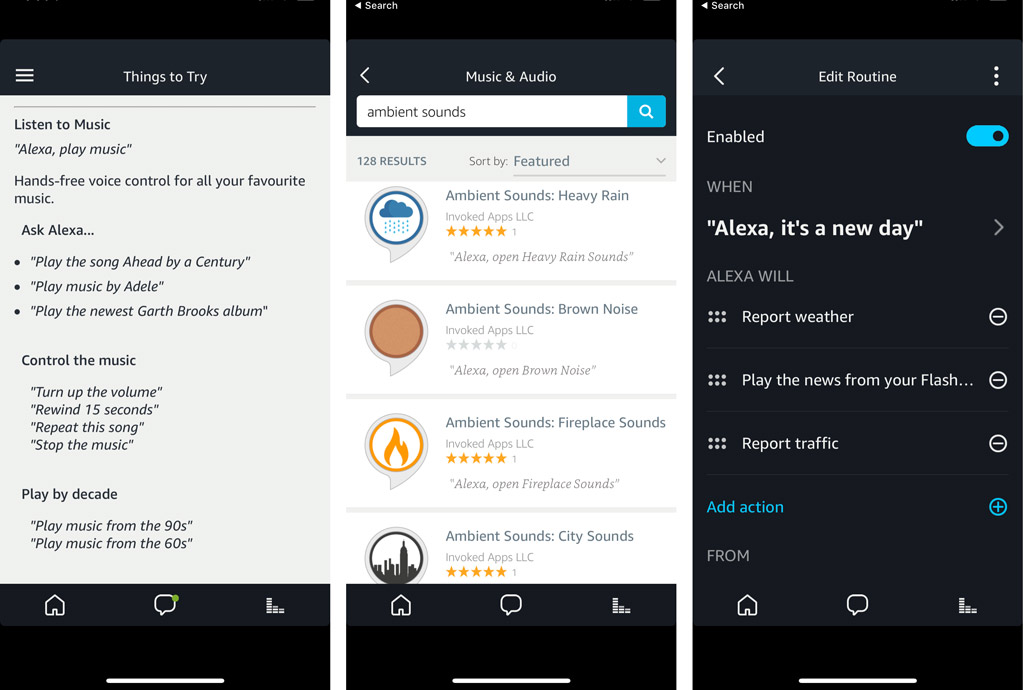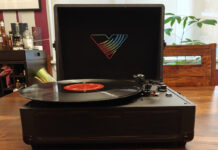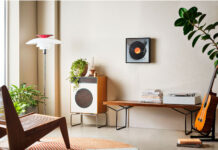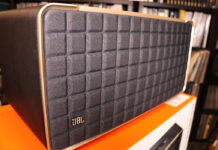
Having started it all with a smart speaker called the Echo in 2014, Amazon’s Echo family of smart speakers are designed to make every compatible device smarter in the home.
Amazon’s Echo speakers are primarily known for their ability to offer the company’s virtual assistant, Alexa. Without question, that is the cornerstone of what Echo models can do, but the full gamut of features go beyond that.
How are Amazon Echo speakers ‘smart?’
The lineup is currently made up of the regular Echo, Echo Plus, Echo Dot, and Echo Spot. There are notable differences in how they perform audibly, with some additional design tweaks that make them unique from one another.
All three have built-in far field microphones capable of hearing you from a distance indoors. Through Alexa, you would be able to control compatible smart home products by voice.
To do so, they require a connection to your home Wi-Fi network to bridge together the mobile device running the Alexa App and the compatible devices themselves. All Echo devices also support Bluetooth, letting you pair devices directly for audio playback and phone calls.
Wi-Fi gives the Echo speakers the ability to access compatible music streaming services to listen to music on demand. It also lets the speakers access “Skills,” which are a variety of compatible smart features specifically made to work with Alexa. There is even some cross-functionality between an Echo speaker and the Fire TV Stick.
By setting up an Echo speaker to smart functions and smart home products, it becomes the conduit to controlling everything verbally. And if not voicing commands, then using the app to do it is another option.

How each Echo works
Devices in the Echo lineup are not all that drastically different, but the Echo Dot is the one best suited for small rooms or to pair with a larger speaker. It has Bluetooth and an Aux-In port in the back, which means it can route audio over. You would talk to the Dot, but hear everything from the other speaker.
The Echo Plus is designed to be the most powerful and versatile, with a built-in hub that runs on the Zigbee standard. That would allow the speaker to control certain devices without the need for a separate hub. For example, you could control your Philips Hue smart lights without the need to install the Hue Bridge.
In the middle is the regular Echo, which is not that different from the Plus from an audio performance perspective. There’s no Zigbee hub, but there is an Aux-In port. For everything else, it functions like the others, meaning it’s every bit as smart.
The Echo Spot is the only model that has a screen. It’s a modest 480 x 480 resolution, letting you visualize your calendar, to-do list, weather, and the time. You can also view video of your news feed. The speaker is also modest, and not made for larger rooms. In that sense, it is closer to the Echo Dot.
Setting up and managing any of the Echo speakers through the Alexa App is easy. It works on both iOS and Android and includes a guide to realize the process. From there, you can use it to add Skills and connect with supported services.

What are they compatible with?
The Echo speakers are compatible with a long list of devices and services. These vary pretty widely, too, from smart light brands to robot vacuums. If you have Philips Hue, LiFX, Nanoleaf, iRobot, Nest, Ecobee, August Home, Harmony, Netgear Arlo, and many more.
Even TVs, like LG’s SmartThinQ and Hisense, are on the list. Third-party smart home hubs, particularly Wink and Samsung SmartThings, are also in there.
Echo speakers can automatically detect any compatible smart home products that are turned on at the time (or have a hub that communicates with them).
What all this means is that you can control various different smart products by just telling an Echo to. For example, you can turn lights on or off, tell the iRobot Roomba vacuum to start covering a room, and change the temperature inside.
Setting Routines lets you combine multiple smart home products together under a specific phrase. For example, if you say, “Alexa, it’s a new day,” the Echo could report the weather, traffic, play the news, and turn on certain lights. Say, “Alexa, playing video games,” and you can have specific lights and music start right away.
Echo speakers with music, video, and books
 The Echo speakers integrate with Spotify, Amazon Music, iHeartRadio, Deezer, and TuneIn streaming music services. You can listen to music on demand by voice on any of those services.
The Echo speakers integrate with Spotify, Amazon Music, iHeartRadio, Deezer, and TuneIn streaming music services. You can listen to music on demand by voice on any of those services.
You can tell Alexa what you want to listen to. For example, you could say, “Alexa, play (song and artist) on Spotify,” or “Alexa, play TSN Radio on TuneIn.”
It is possible to have a default service, so that when you don’t mention the streaming service at the end of the sentence, the Echo will go with what you chose.
For video, the Echos can communicate with the Fire TV and Fire TV Stick. They can’t communicate directly with Google Chromecast-enabled devices, so bear that in mind. That means you can tell Alexa what you want to watch, but only when you have the right hardware installed on your TV. This may change in the short-term, however, as TV manufacturers look to integrate Alexa into their models.
If you like audiobooks, the Echos can work with Audible to stream audiobooks. Even more than that, you can listen to Kindle audiobooks as well. Just ask Alexa to read what you want to hear.
You can always tell any of the Echo speakers what volume level you want between zero to 10. Skip tracks, repeat tracks, play, pause, stop—playback doesn’t require you touching anything.
Echo calls and more
With the exception of the Echo Dot, you can call phone contacts on all the other speakers. The Echo Spot will even enable video calling with compatible apps.
Ask Alexa about the weather forecast, or what you have in your calendar. Ask about a nearby business, restaurant, or place you’re looking to go. Inquire about a person, place, or thing, where Alexa will provide a summary of your query.
Smarter speakers
It’s easy to like controlling smart home devices using only your voice. The Echo speakers are evolving as to the extent of what Alexa can tap into. Expect that to grow more and more in the months and years to come.
You can have multiple Echo speakers in one home. If a Spot is fine for the bedroom, a Plus might work for the living room or kitchen. It depends on what kind of access you want, and the size of your home.
Check out the Echo lineup of products.
To check out the Google Home lineup of smart speakers, click here.



